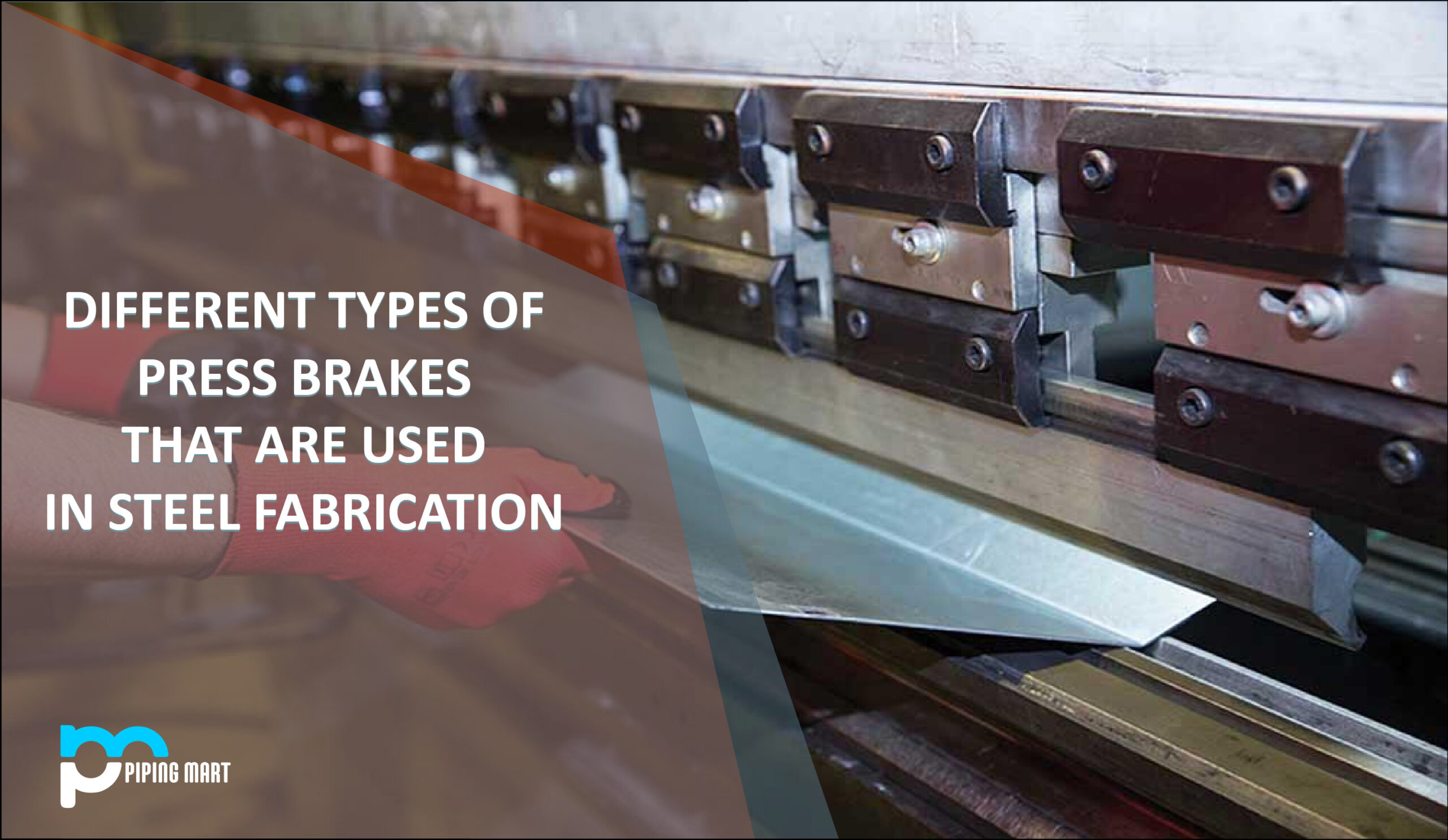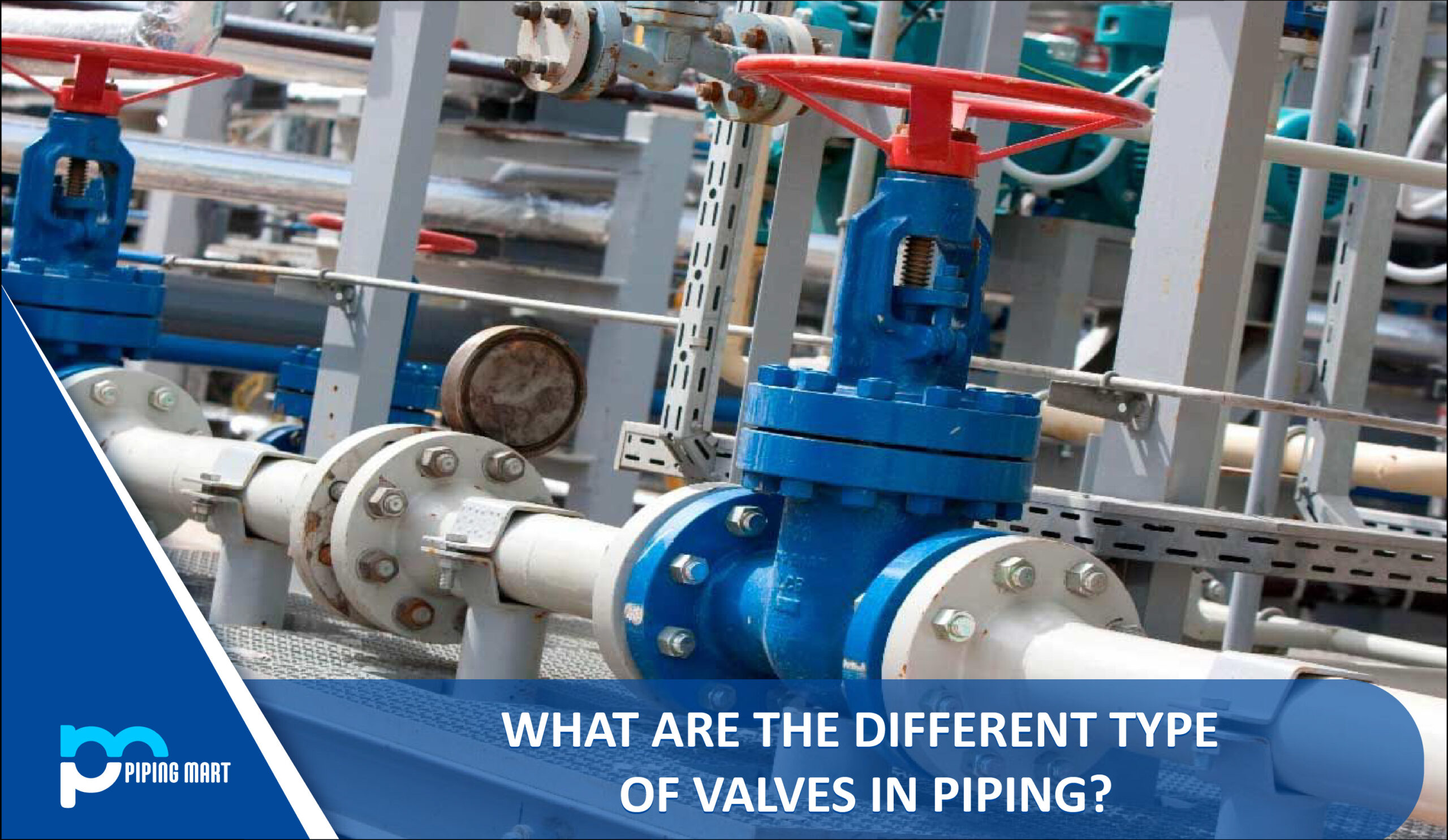If you’ve ever seen someone forge a piece of metal, then you’re familiar with the process of hardening. Hardening is the process of making metal stronger and more durable. It is often done through heat treatment or water hardening. In this blog post, we will be discussing the advantages and disadvantages of water hardening.
Water-hardening is a method used to make the metal harder. The process involves immersing the hot metal in quenching oil or cold water. This rapid cooling causes the steel to become harder yet more brittle than it was before. It also increases its resistance to wear and tear, which makes it ideal for use in industrial applications such as forging tools or heavy machinery parts.
Advantages of Water-Hardening
One advantage of water hardening is that it can be done quickly and efficiently compared to other methods, such as annealing or tempering, which can take several hours or days. Additionally, because water-hardened metal cools quickly, there is less risk of stress fractures that can occur when the metal cools too slowly. Lastly, compared to other methods, such as heat treatment, water hardening does not require additional equipment or resources beyond a large container filled with cold water or quenching oil.
Hardens Quickly
One of the major advantages of water hardening is that it hardens quickly. This is due to the fact that water-hardening steels are quenched in water, which has a high heat capacity. This means that water can absorb a lot of heat, which helps to harden the steel quickly.
Less Likely to Crack
Another advantage of water hardening is that it is less likely to crack than other methods of hardening. This is because water-hardening steels are cooled quickly, which prevents large crystals from forming. These large crystals can cause the steel to crack when it is hit or bent.
More Ductile
Water-hardening steels are also more ductile than other types of hardened steel. This means that they are less likely to break or shatter when they are hit or bent. This makes them ideal for use in applications where there is a risk of impact or bending, such as in construction or automotive applications.
Corrosion Resistant
Water-hardening steels are also more corrosion-resistant than other types of hardened steel. This is due to the fact that the cooling process used in water-hardening helps to form a protective layer on the surface of the steel. This layer helps to prevent rust and corrosion from forming on the steel.
Economical
Finally, water-hardening is an economical method of hardening steel. This is because it does not require expensive equipment or chemicals. Additionally, water-hardening steels can be reused multiple times, which further reduces the cost.
Disadvantages of Water-Hardening
The primary disadvantage of water-hardening is that it makes the metal more brittle than other hardening methods and, therefore, prone to cracking under pressure if not handled properly during the hardening process. Additionally, because it requires no additional equipment beyond a container filled with cold liquid, care must be taken to ensure that all exposed areas are covered with protective gear, such as gloves and eye protection, before beginning the hardening process. Lastly, because water evaporates at a higher rate than most liquids used in other hardening processes (such as oil), it must be replaced frequently throughout the hardening process in order to maintain the correct temperature for effective cooling and hardening of the steel being used.
More expensive
One of the primary disadvantages of water hardening is that it is more expensive than other methods of hardening. This is because water hardening requires special equipment and a higher level of expertise. Additionally, water hardening is a slower process than other methods, which can also add to the cost.
Requires special equipment
Another disadvantage of water-hardening is that it requires special equipment that may not be readily available. This equipment includes a furnace that is capable of reaching high temperatures, as well as quenching tanks and pumps.
Slower process
As mentioned above, water hardening is a slower process than other methods of hardening, such as oil hardening or air hardening. This means that it may not be suitable for applications where speed is a factor.
May cause distortion
Another potential downside of water hardening is that it can cause distortion in the metal being treated. This distortion can be difficult to control and may result in the metal being unusable for some applications.
Requires skilled operator
Another disadvantage of water hardening is that it requires a skilled operator in order to be successful. This operator must have experience in using the specialized equipment required for the process, as well as knowledge of how to properly control the temperature and quenching time.
Conclusion:
Water-hardened steel has many advantages over other types of hardened metals due to its quickness and efficiency while still providing increased durability and wear resistance compared to non-hardened metals. However, care must be taken during the hardening process since rapid cooling can cause brittleness if not done correctly; furthermore, because liquid needs to be constantly replaced during this method due to evaporation rates being higher than those used in other processes like oil quenching, additional resources may need to be accounted for when planning out your project timeline. With these considerations in mind, however, water-hardened steel can provide an ideal solution for industrial projects requiring increased strength without sacrificing speed or efficiency when compared to other hardened metals on the market today.

Abhishek is a seasoned blogger and industry expert, sharing his insights and knowledge on various topics. With his research, Abhishek offers valuable insights and tips for professionals and enthusiasts. Follow him for expert advice on the latest trends and developments in the metal industry.




